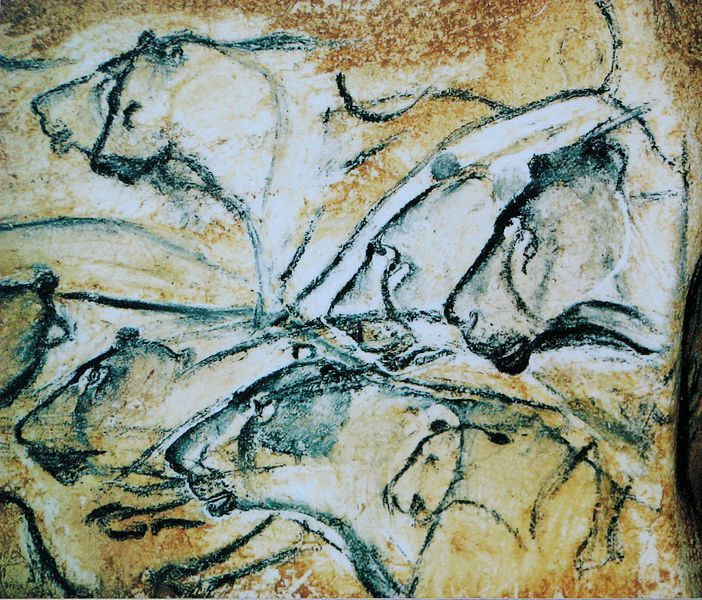ESA Solar Orbiter Will Be Coated With ‘Char Bone’ Pigment Used In Prehistoric Cave Drawings

A pigment once used by early cave painters to coat the walls of their shelters will now cover the outside of space equipment. Engineers will apply a contemporary version of the charcoal, made from burnt bone, to the outside of a spacecraft’s titanium heat shield. According to AFP, the pigment’s dark color is perfect for reflecting solar radiation.
The European Space Agency’s new solar satellite, the Solar Orbiter, is due to launch in 2017. The space probe will make a trip towards the Sun, coming within 26 million miles of its fiery atmosphere, to capture high-resolution images of its surface, according to the ESA. In order to withstand temperatures reaching 520 degrees Celsius, or 968 degrees Fahrenheit, as well as sunlight that is 13 times as intense as anything experienced by Earth, the Solar Orbiter will need a durable skin.
“To go on absorbing sunlight, then convert it into infrared to radiate back out to space, its surface material needs to maintain constant ‘thermo-optical properties’ – keep the same color despite years of exposure to extreme ultraviolet radiation,” Andrew Norman, a materials technology specialist working on the Solar Orbiter, explained in a statement. “At the same time, the shield cannot shed material or outgas vapor, because of the risk of contaminating Solar Orbiter’s highly sensitive instruments.”
The Solar Orbiter will sport a multi-layer titanium heat shield to protect it from scorching temperatures during its journey to the Sun.
ESA engineers’ first choice for Solar Orbiter’s outer layer was a carbon-fiber fabric, an extremely strong and light polymer. But for whatever reason, researchers ruled it out. That’s when they began to explore other options, including coating the spaceship in a solar-reflecting pigment.
According to Discovery, the ESA turned to Irish company Enbio, which makes titanium metal implants, and its CoBlast technique. The company’s “Solar Black” product is a type of black calcium phosphate made from burnt bone charcoal, a kind of advanced version of the prehistoric stuff used in cave drawings. The ESA will use Enbio’s “char bone” product to cover the outermost layer of Solar Orbiter.
Char bone is used in several other everyday products like fertilizer and for purifying white sugar.
Some of Earth’s earliest cave drawings appear in Chauvet Cave in southern France. The depictions of horses, cattle, mammoths and other animals were painted over 30,000 years ago and can still be seen today. Black charcoal made from burnt bone was used for the dark outlines of the figures in the cave.
© Copyright IBTimes 2025. All rights reserved.






















